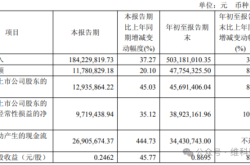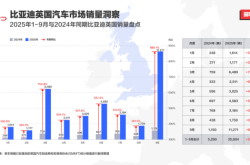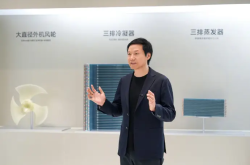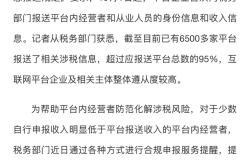MCP Protocol Revolutionizes AI Interaction: Agents Breaking Digital Barriers and Reconstructing Physical AI
![]() 03/25 2025
03/25 2025
![]() 590
590
Amidst the wave of AI technology iterations, a quiet communication revolution is reshaping the way humans interact with machines. When traditional APIs falter in complex scenarios, the emergence of MCP (Modular Communication Protocol) serves as a universal key, unlocking the flexibility and scalability of AI systems while enabling agents to transcend the digital and physical worlds seamlessly.
With the proliferation of Agent technology, MCP has become the pivotal infrastructure bridging AI with the real world. By 2025, MCP gained rapid traction due to the widespread adoption of tools like Anthropic's Claude and Cursor. Its standardized protocol allows AI to transcend "data silos" and achieve seamless interaction with local files, databases, and web services. The impending AI network enabling real-time agent-physical world interaction may redefine the rules of physical AI interaction. How will this revolution reshape the technological landscape? Let's delve into the details.
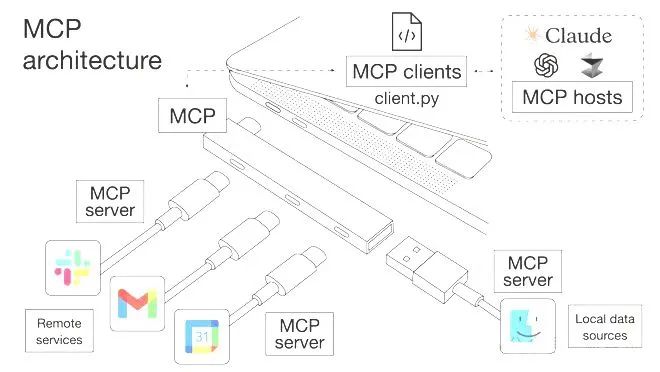
From API to MCP: The Evolution of AI Communication Paradigms
In the Web2.0 era, API (Application Programming Interface) served as the backbone for software interaction, fostering the internet ecosystem. However, with AI technology's evolution, traditional APIs' limitations became apparent: tightly coupled architectures led to high upgrade costs, frequent compatibility issues in multilingual environments, and data transmission inefficiencies failing to meet real-time demands. Statistics reveal that enterprises spend an average of 30% of their development resources on interface adaptation in AI projects, a pain point particularly acute in edge computing and AIoT scenarios.
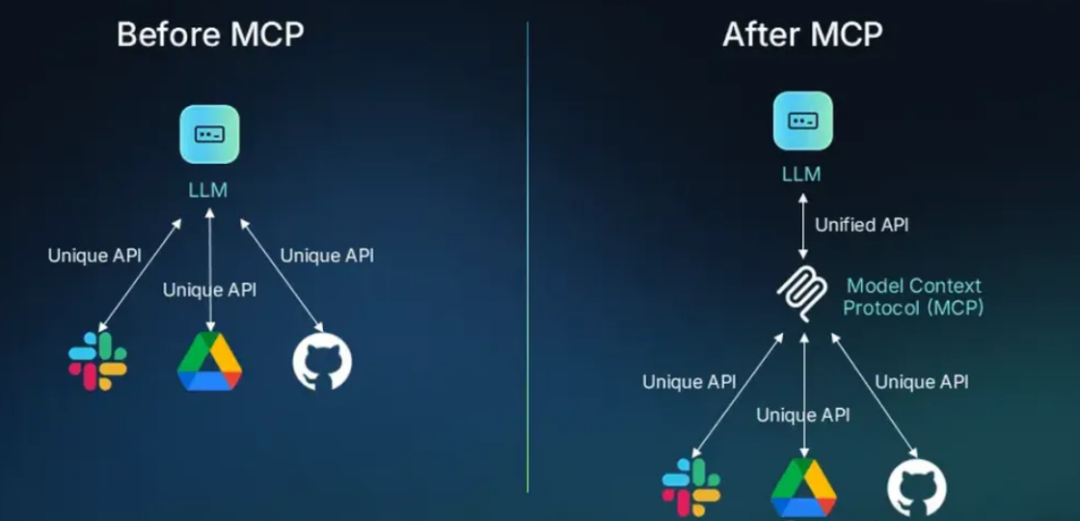
The birth of the MCP protocol aims to overcome these bottlenecks. Through modular design, MCP disassembles AI systems into independent modules like data processing, model training, and inference services, with each module achieving "plug-and-play" via standardized protocols. This decoupled architecture offers three core advantages:
- Dynamic Scalability: Take recommendation systems as an example. Traditional solutions require rewriting API code for different algorithms, whereas MCP allows dynamic model switching at runtime, boosting development efficiency by over 60%.
- Cross-Framework Compatibility: Supports seamless integration with mainstream frameworks like TensorFlow and PyTorch, eliminating integration barriers caused by differing technology stacks.
- Efficient Data Transmission: Replaces JSON/XML with a binary communication format, reducing latency by 40% and increasing bandwidth utilization by 35% in AIoT device-cloud communications.
This transformative design makes MCP the "USB-C interface" of the AI era—a unified standard protocol enabling diverse devices, services, and data sources to interconnect with minimal cost.
The Technical Core of MCP: Building the "Nervous System" of Agents
MCP's core value lies in standardization and dynamic discovery, distinguishing it from traditional tool invocation mechanisms. Taking Anthropic's Model Context Protocol as an example, its architecture comprises three essential elements:
- MCP Hosts: AI applications like Claude Desktop serve as interaction entry points to initiate requests.
- MCP Servers: Lightweight service nodes responsible for exposing data sources (e.g., Slack, GitHub) or tools (e.g., SQLite databases).
- Context-Aware Engines: Through real-time bidirectional communication (similar to WebSocket), AI dynamically obtains environmental information and triggers actions.
This architecture realizes the vision of one-time configuration and infinite scalability. For instance, developers need only set up one MCP server to allow all supporting AI assistants access to its data or tools. Assuming 10,000 AI applications and 10,000 data sources, the traditional model would require 100 million connections, whereas MCP needs only 20,000 configurations, a 5,000-fold efficiency improvement.
At the technical level, MCP employs semantic tool descriptions and intelligent routing mechanisms, enabling AI to autonomously understand tool functions and parameters. For example, when a user requests "organizing issues in a GitHub repository," the AI automatically recognizes the need, invokes the list_issues tool on the GitHub MCP server, and presents results in a structured format. This capability frees agents from preset instructions, truly equipping them with autonomous decision-making potential.
Breaking Boundaries: AI Networks Connecting the Physical World
MCP's revolutionary nature lies not only in enhancing digital interaction efficiency but also in driving AI from "information silos" to deep integration with the physical world. This integration is reshaping the industrial ecosystem in three dimensions:
1. Intelligent Reconstruction of Developer Workflows
In software development, MCP is redefining IDEs. Taking the Cursor editor as an example, by connecting to a Postgres MCP server, developers can execute SQL queries directly within the code interface. Combined with the Browsertools server, AI analyzes browser console logs in real-time, assisting in debugging. This "tools-as-a-service" model reduces tool-switching time by an average of 40% and boosts code generation efficiency by 25%.
2. Automation Revolution in Enterprise Applications
In enterprise scenarios, MCP is birthing new intelligent agents. For example, by connecting to an ERP system's MCP server, AI automatically handles order processing, inventory management, and other processes. Combined with RPA tools, it can even simulate human operations to complete complex form filling. After introducing MCP, a retail enterprise saw a threefold increase in customer service ticket processing efficiency and a 70% reduction in error rates.
3. Digital Mapping of the Physical World
Through IoT device integration, MCP constructs intelligent spaces where the virtual and real worlds converge. In smart homes, AI assistants directly control lights, air conditioners, and other devices via MCP, realizing "intention-to-action." In industry, MCP-empowered agents monitor production line data in real-time, automatically adjust parameters, and trigger maintenance instructions.
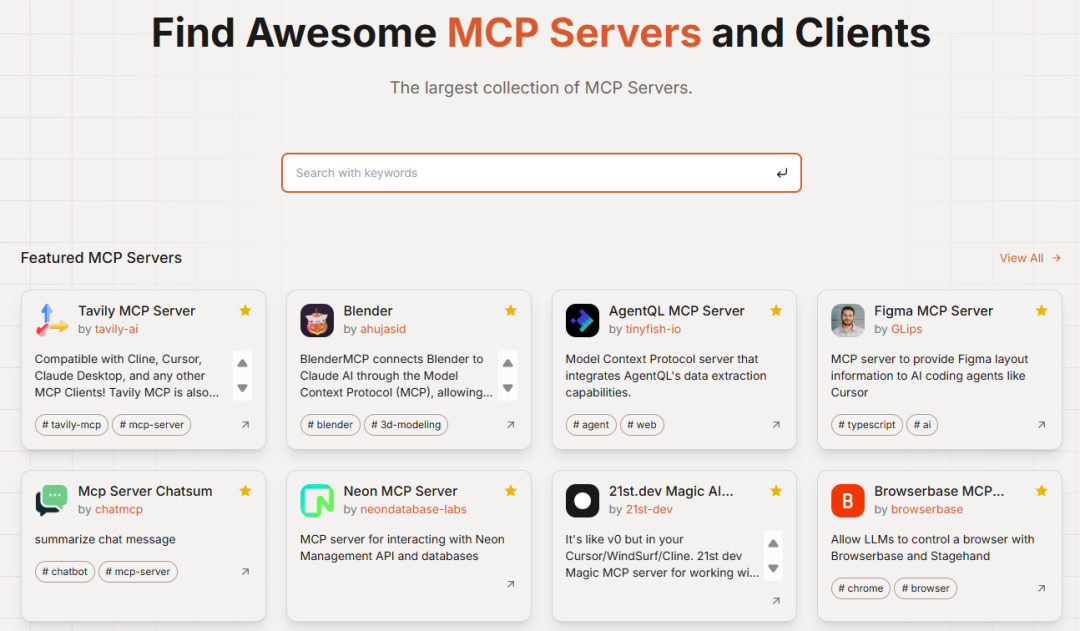
Physical AI Network: A Natural Application Scenario for MCP
As the pioneering AI infrastructure of the future, the Physical AI Network relies on its core capabilities (cognition, perception, decision-making) for real-time and secure data interaction. MCP's bidirectional communication mechanism (e.g., data pulling and action triggering) perfectly suits scenarios like:
- Real-time Traffic Optimization: By connecting to urban traffic data via MCP servers, AI networks dynamically adjust traffic light timings and predict congestion trends.
- Autonomous Driving Coordination: MCP supports multi-server series connection, enabling vehicle-to-everything (V2X) coordination and enhancing autonomous vehicles' environmental perception accuracy.
- Cross-System Integration: Connecting Physical AI Network's large models with government traffic management platforms and automaker autonomous driving systems via MCP breaks down data barriers.
Synergistic Effects of MCP and Physical AI Networks
- End-to-End AI Models: Physical AI Networks adopt an end-to-end Transformer architecture, requiring real-time access to multi-source data. MCP's "plug-and-play" feature enables rapid connection to cameras, sensors, and other devices, enriching model contexts.
- Hybrid Architecture Security: MCP's standardized access control mechanism combined with Physical AI Network's hybrid architecture (end-to-end prediction + rule constraints) ensures safe decision-making in complex road conditions.
- Digital Twin and Physical World Integration: Digital twin cities need to synchronize physical world dynamics. MCP supports bidirectional interaction between local and remote data sources, aiding in real-time mapping system construction.
Ecosystem Explosion: MCP Catalyzing a Trillion-Dollar Market
With MCP's open-sourcing and popularization, a new technological ecosystem is emerging. According to incomplete statistics, over 200 global open-source MCP server projects cover databases, cloud services, robotics, and other fields. This ecological prosperity brings three significant trends:
1. Democratization of Tool Development
Traditional API development requires professional programming skills, whereas MCP lowers the technical threshold through standardized protocols. Baidu Qianfan AppBuilder, for instance, allows developers to convert existing components into MCP servers with one click, enabling even non-technical personnel to build custom tools via a visual interface. This "low-code" model unleashes long-tail demand, and the MCP tool market is expected to exceed $50 billion by 2026.
2. Normalization of Cross-Platform Collaboration
MCP's openness breaks down platform barriers. Users can invoke Cursor's code generation tools in Claude or generate 3D models through natural language in Blender. This cross-platform collaboration births new business models, like "AI as a Service" (AIaaS) platforms aggregating MCP tools to provide enterprises with one-stop intelligent solutions.
3. Redefinition of Data Sovereignty
MCP's built-in security mechanisms (e.g., two-way authentication, access control) give users greater data control. In sensitive sectors like finance and healthcare, enterprises can deploy MCP servers locally for "data-within-domain" intelligent analysis. This feature drives industry data compliance, expected to boost the data security market by over 15%.
Challenges and Future: Can MCP Become the TCP/IP of the AI Era?
Despite its promising future, MCP faces challenges:
- Balance Between Standardization and Differentiation: How to satisfy industry-specific needs within a unified protocol framework?
- Dynamic Security Mechanisms: The expanded attack surface from real-time communication needs intelligent risk control systems.
- Ecosystem Governance Challenges: Fragmentation within the open-source community may lead to uneven tool quality.
However, these challenges haven't hindered MCP's development. Internationally, vertical field players like Mintlify and Smithery have emerged in the MCP server market. Just as the USB interface reshaped hardware interconnection, MCP has the potential to become the "digital bus" of the AI era, evolving agents from isolated algorithmic programs into ubiquitous super-intelligence.
When AI networks truly connect the physical world, we may witness a new era. The rise of MCP and AI network layouts point to a future where AI transcends virtual conversations, deeply integrating with the physical world through standardized protocols.

